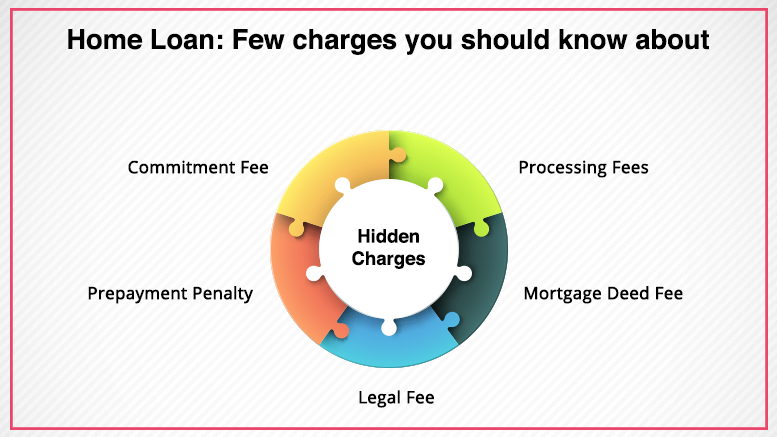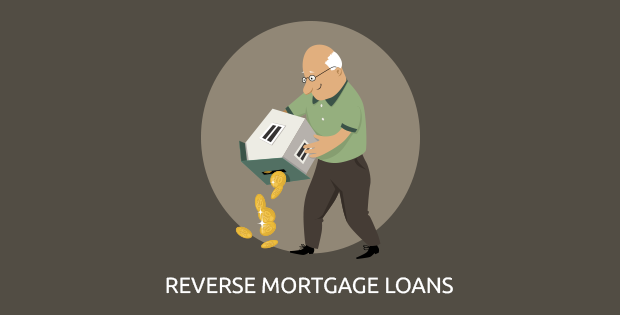
- About Us
- OUR OFFERINGS
- CALCULATORS
- RESOURCE CENTRE
-
Quick Links
- Existing Customers Benefits
- Become a Partner
- Pre-Approved Projects
- Home Loan App
- Blog
- CSR
- Locations
- Roi Switch Policy
- Co-Lending Policy
- Co-Lending Partnerships
- Customer Sensitization Program
- ROI Range
- Borrower Education - SMA/ NPA classification
- Borrower Awareness - RBI Ombudsman Scheme
- Borrower Awareness - procedure for handover of property documents
- NEWS CORNER
-
INVESTOR RELATIONS
- Financial Reports
- Investor Presentations
- Annual Reports
- Notices
- ESG Profile
- IEPF
- Investor Call Transcript
- Corporate Announcement
- Public Issue of NCD'S
- Qualified Institutional Placement
- Investor Relations Contact
- Familiarisation Programmes
- ISO CERTIFICATIONS
- Forms for Shareholder KYC-PAN-Nomination update
- Credit Ratings
- Statutory Advertisements
- ODR Portal
- Rights Issue
- Sustainable Financing Framework
- CONTACT US
- Login
 Apply
ApplyOnline

India's 1st Completely Online Home Loan!
-
e-APPLY
-
e-SANCTION
-
e-DISBURSE
Start your eHome Loans Process Now!
Apply OnlineMCLR vs Base Rate

- Others Guide
- May 24, 2019
- VIEWS: 1566
When it comes to home loans, every borrower wants to ensure that he/she can get the lowest possible interest rate. After all, the interest rate determines the monthly EMI and the loan tenure. In the recent past, the RBI implemented two different guidelines to offer relief to home buyers taking on a loan. With the introduction of the Base rate in 2011 and the Marginal Cost of Fund Based Lending (MLCR) in 2016, several borrowers have benefited from reduced rate of interest on home loans. However, since there’s only been a five-year difference between the introduction of the two rates, most borrowers, paying interest as per the base rate, are left wondering whether they should switch their home loan to the MCLR system to benefit from reduced interest rates. This is why it is important to understand the difference between base rate and MCLR.
Let’s begin with understanding MCLR
MCLR stands for Marginal Cost of Funds Based Lending Rate and is essentially the minimal interest rate that lenders are obligated to charge in case a loan is taken by a borrower. The interest rate charged simply cannot be less than the MCLR rate prescribed by the RBI, except in cases when the RBI permits the same. Introduced in April 2016 by the RBI, MCLR now serves as an internal benchmark for all financial institutions and was introduced to replace the previously introduced base rate system. As per RBI norms, every loan sanctioned post-April 2016, irrespective of the category, should be governed by the MCLR system. To understand the difference between MCLR and base rate, it is also important to know how based rate is defined. The base rate came into effect in July 2011, replacing the previous Benchmark Prime Lending Rate (BPLR) under which all loans were governed. The base rate, like MCLR, referred to the minimum interest rate that financial institutions could offer and lending below the base rate was not permitted, unless the RBI made exceptions in certain cases. Both, MCLR and Base rates were implemented with the sole motive of improving the transmission of the monetary policy and in order to make the process of selecting lending rates more transparent.
MCLR vs base rate
Now that we know the definitions of MCLR and Base rates, let’s do a comparative analysis between the two. There are essentially four points of differences between base rate and MCLR. They are as under:
-
Determining the two types of rates –
The Marginal Cost of Funds Based Lending Rate is determined by the current, marginal/incremental cost of funds. On the other hand, the average cost of fund plays an instrumental role in determining the base rate. -
Calculating the two types of rates –
The MCLR is calculated keeping the tenor premium in mind in which tenor is defined as the reset period for interest rates. Tenor is also directly proportional to the reset period and if the tenor increases, so does the reset period. The base rate, however, is calculated by considering the minimum profit or return margin. -
Role of the Repo rate –
MCLR depends on changes in the Repo rate made by the RBI, whereas the base rate does not depend on repo rate set by RBI. -
Tenures –
MCLR can vary as per different loan tenures whereas the lenders (banks in general), have the option to change the base rate every quarter.
Note that to govern both, MCLR and base rates, several factors are taken into consideration. These include the FD, RD, saving and current deposits, and the necessary operating costs such as maintaining a cash reserve ratio, paying salaries to employees, opening more branches and so on. Most borrowers find that MCLR offers more benefits than the base rate and prefer to switch their loan to avail these benefits. However, one must remember that to do so, they have to bear switching charges. To know more about how to switch between the two types of rates, you can get in touch with your lender.

The many benefits of the RERA Act
Buying a home is a big deal for everyone. It is a high value investment and the buyer has to think beyond just the property rate. Add to that the fact that the builders had the discretion to frame the builder-buyer agreement as they deemed fit.
- Others Guide
- May 24, 2019
- VIEWS: 7530

MCLR vs Base Rate
When it comes to home loans, every borrower wants to ensure that he/she can get the lowest possible interest rate. After all, the interest rate determines the monthly EMI and the loan tenure.
- Others Guide
- May 24, 2019
- VIEWS: 1566

How the HRA component of your salary can help you save on taxes
If you are a salaried individual, you should pay special attention to how your salary is structured as you can get a lot of allowances for tax exemptions.
- Others Guide
- Mar 28, 2019
- VIEWS: 6903
No Comments
Subscribe
Most Viewed Blogs
Categories
- Home Loans Guide 125
- Home Renovation Loan Guide 3
- Home Loan Transfer Guide 14
- Home Extension Loans Guide 1
- Loan Against Property Guide 28
- Home Loan Interest Rates Guide 2
- Others Guide 8
- Home Decor & Lifestyle Guide 5
- Plot Loan Guide 3
- PMAY Guide 5
- Uncategorized Guide 1
- NRI Home Loans Guide 5
- Financial Resolutions Guide 1
- New Year Resolutions Guide 1
Archives
- Mar 2020
- Jan 2020
- Nov 2019
- Jul 2019
- Jun 2019
- May 2019
- Apr 2019
- Mar 2019
- Feb 2019
- Jan 2019
- Dec 2018
- Nov 2018
- Jul 2018
- Jun 2018
- May 2018
- Apr 2018
- Mar 2018
- Feb 2018
- Jan 2018
- Dec 2017
- Nov 2017
- Oct 2017
- Sep 2017
- Aug 2017
- Jul 2017
- Jun 2017
- May 2017
- Apr 2017
- Mar 2017
- Feb 2017
- Jan 2017
- Dec 2016
- Nov 2016
- Oct 2016
- Jun 2016
- Apr 2016
- Mar 2016
- Feb 2016
- Jan 2016
- Dec 2015
- Nov 2015
- Oct 2015
- Sep 2015
- Aug 2015
- Jul 2015
- Jun 2015








